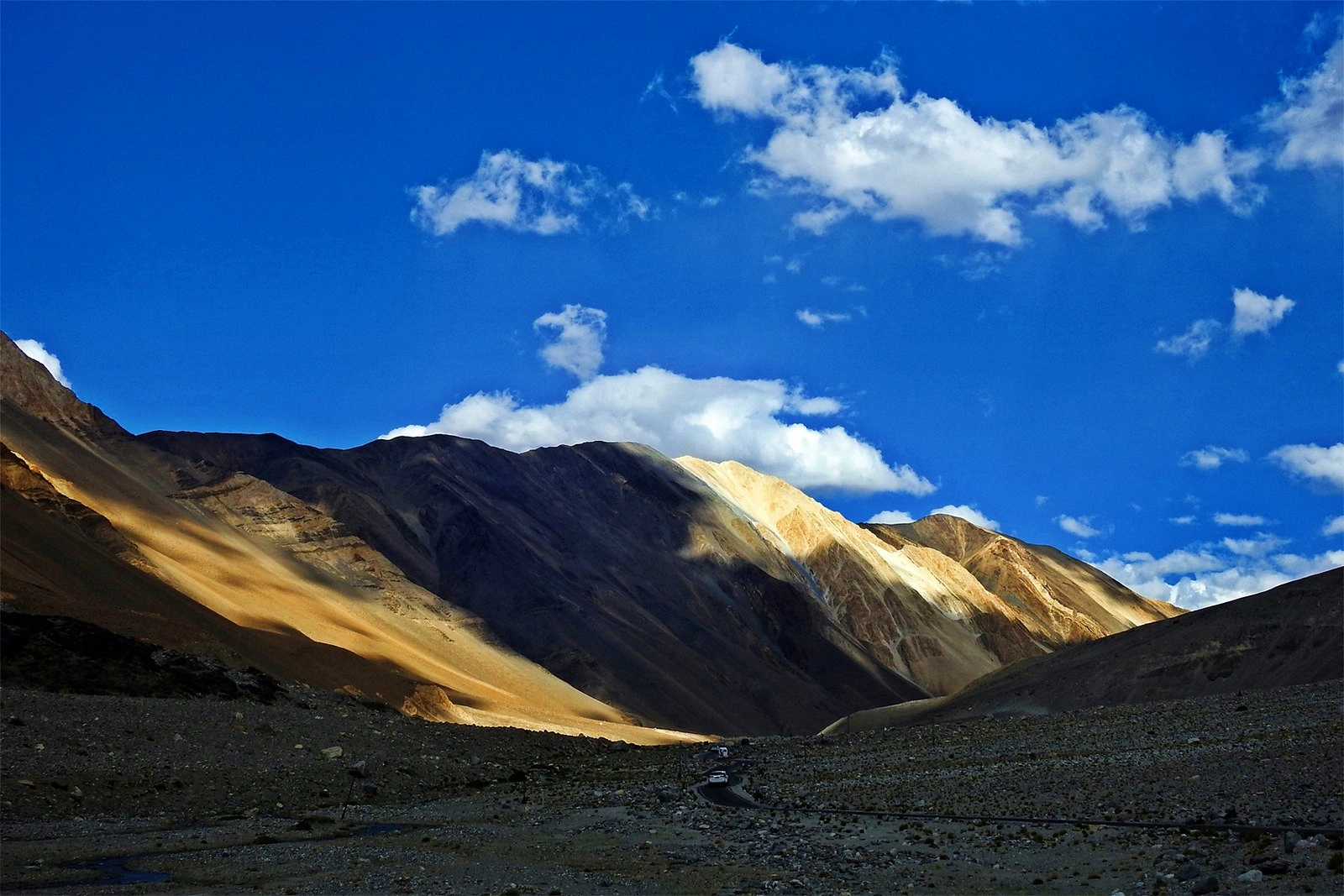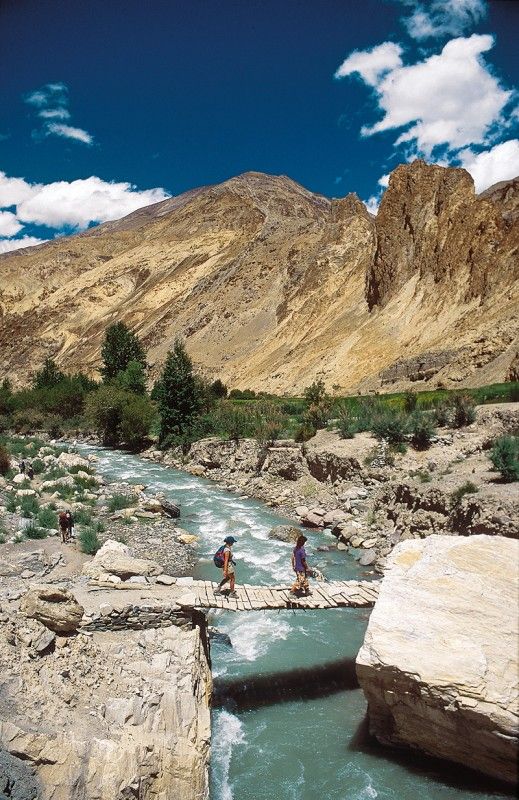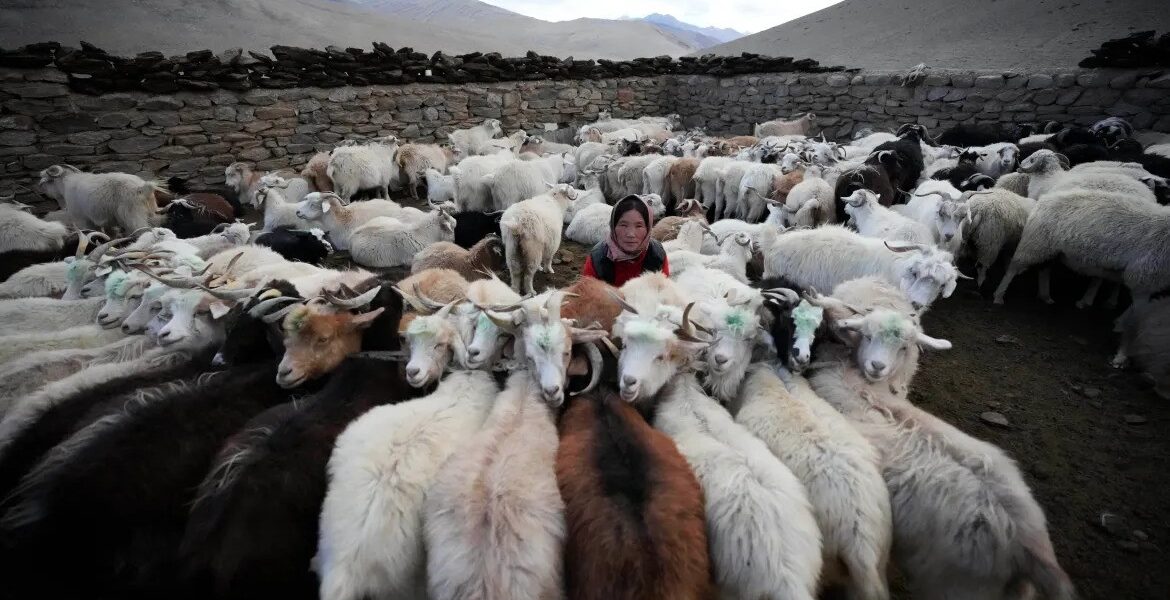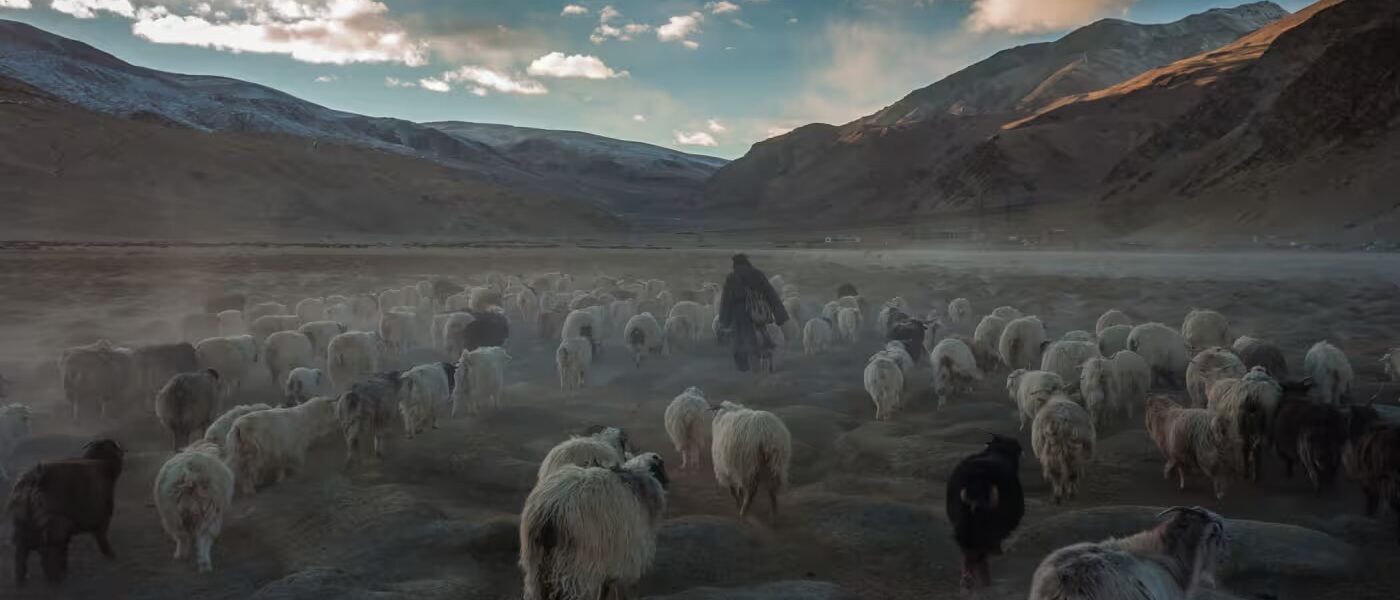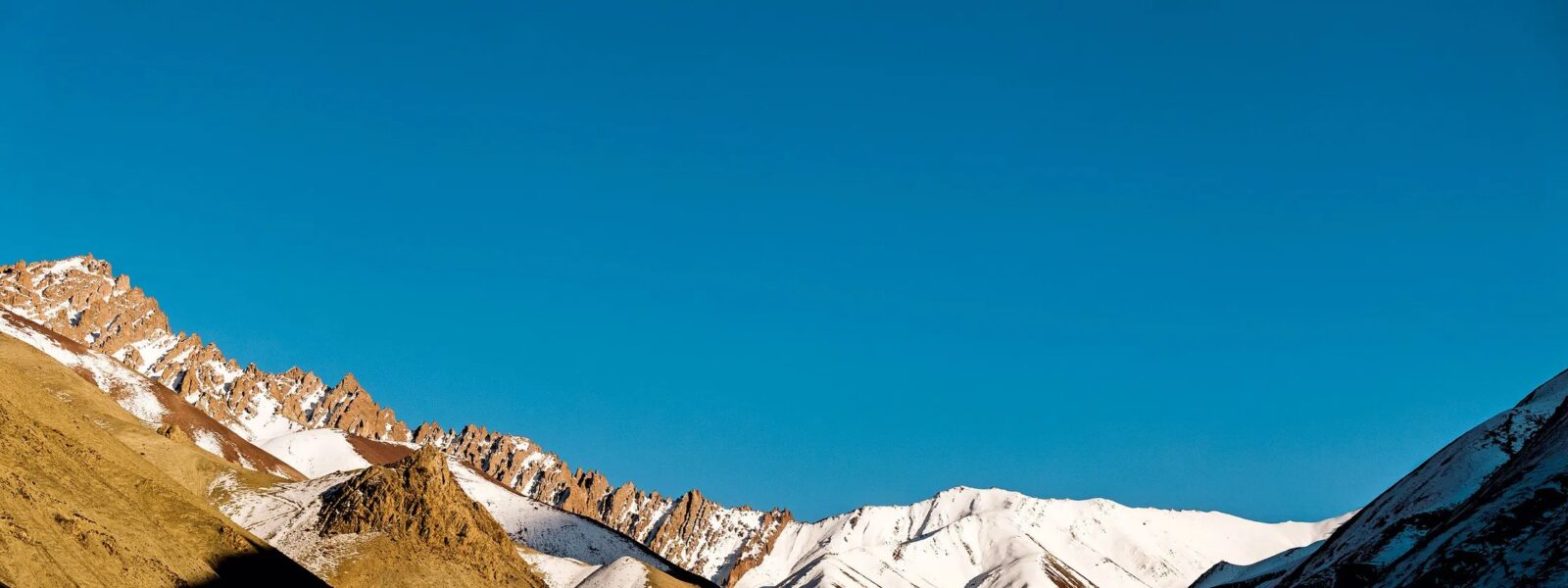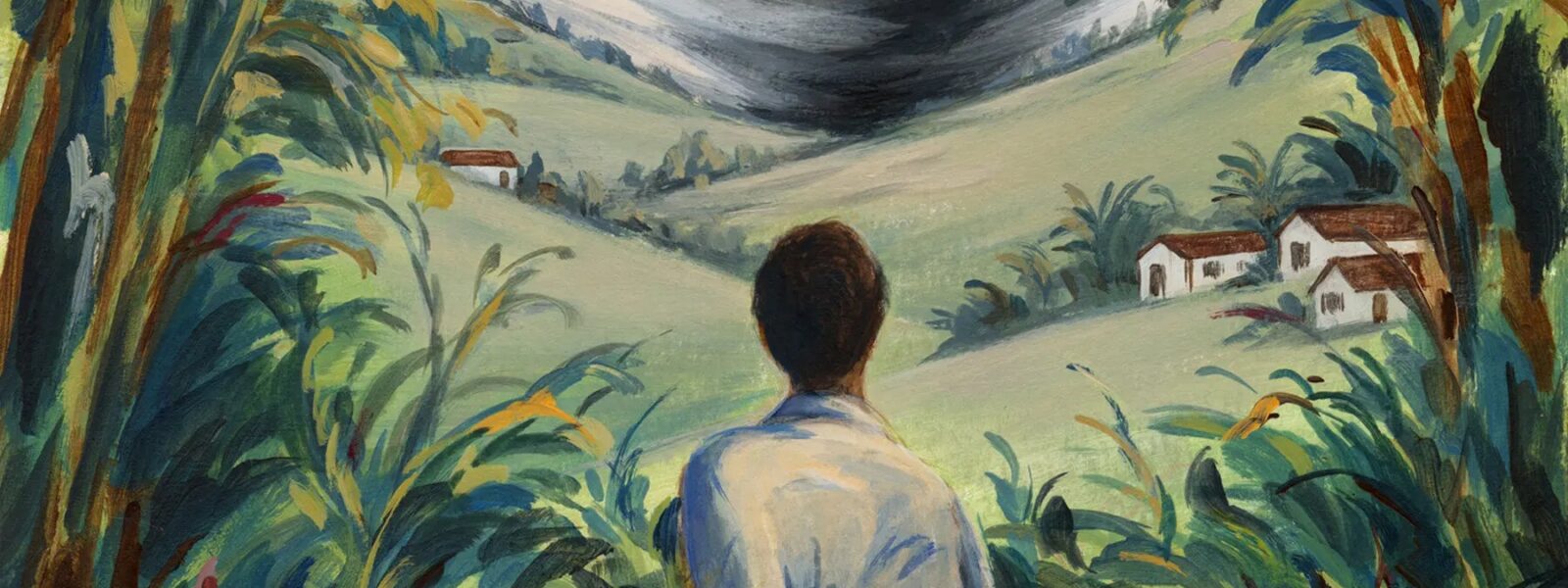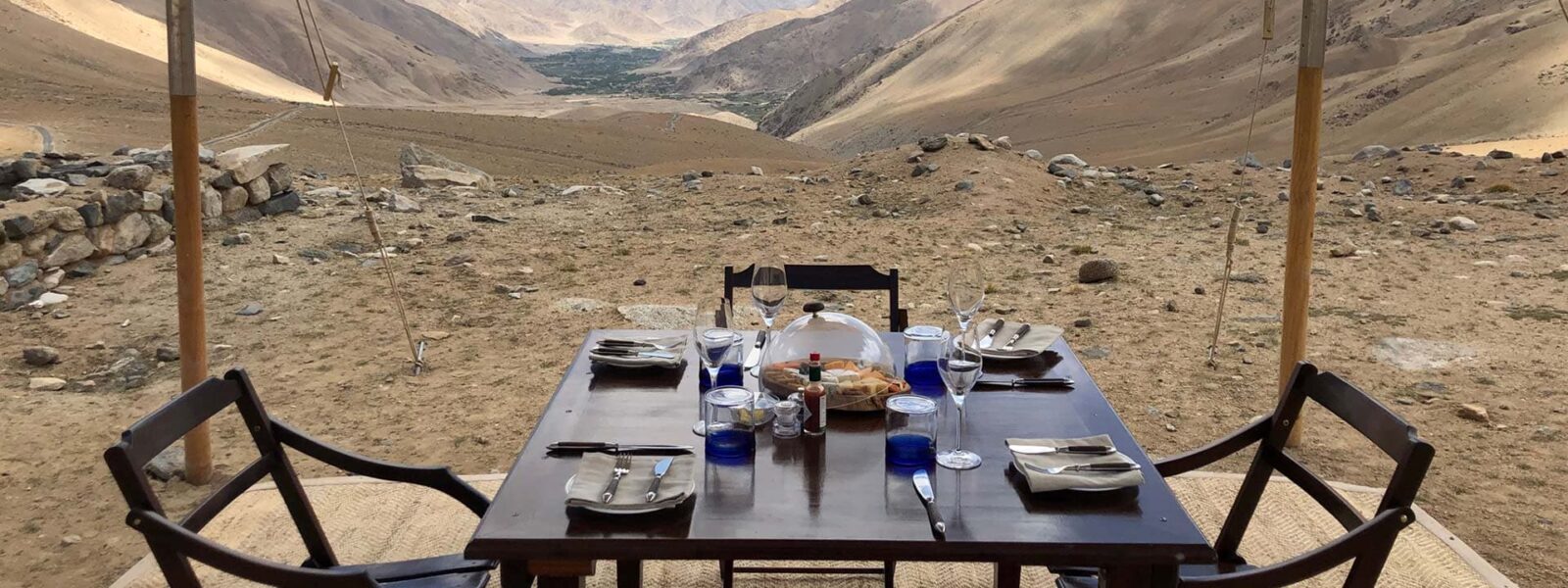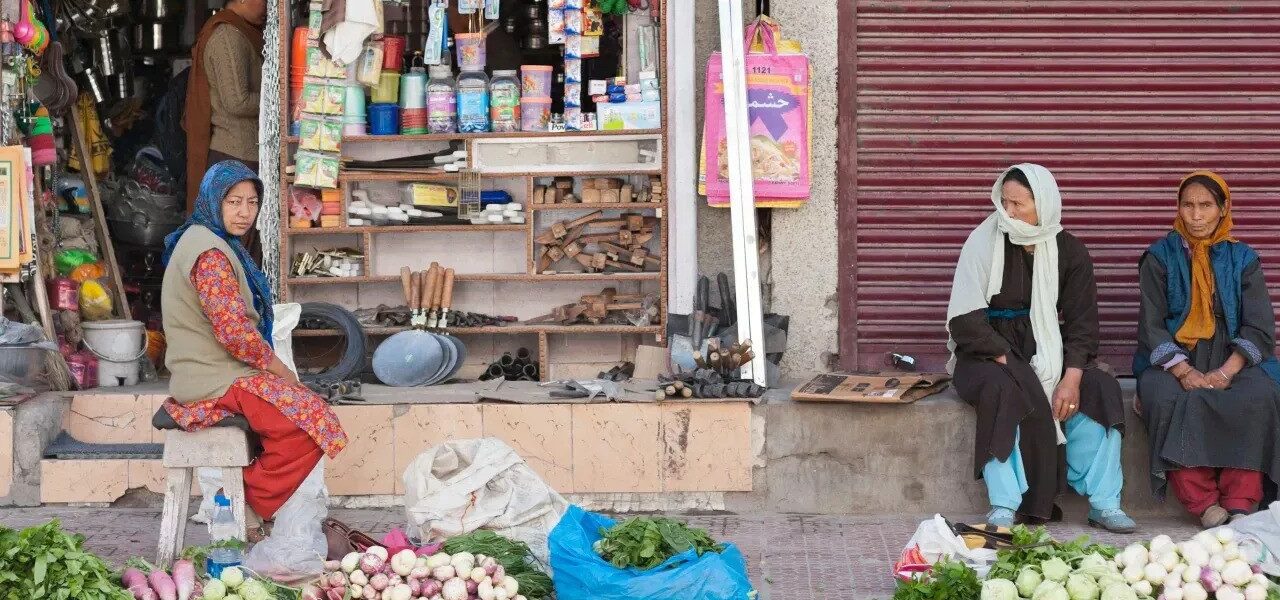12-Day Rupshu Valley Trek: A Complete Guide to Trekking in Ladakh’s High-Altitude Desert
Embark on the Adventure of a Lifetime with the Rupshu Valley Trek
The Rupshu Valley Trek is a remarkable adventure for those seeking an off-the-beaten-path experience in Ladakh. Nestled in the Changthang Plateau, this trek offers an immersive experience in one of the most remote regions of Northern India. The rugged terrain, high-altitude passes, and encounters with nomadic life make this a trek like no other. If you're a seasoned trekker or an adventure seeker, the Rupshu Valley Trek should be on your list.
Why Choose Rupshu Valley Trek in Ladakh?
The Rupshu Valley Trek is known for its isolation and raw beauty, making it an excellent option for trekkers who want to avoid the more crowded trails in Ladakh. The trek takes you through the high-altitude desert of the Changthang region, where you'll encounter nomadic communities and experience the vastness of the Tibetan Plateau. Along the way, you'll pass through pristine landscapes, witness wildlife encounters, and navigate challenging passes that are sure to test your endurance.
Key Highlights:
- Remote and isolated trekking route.
- Stunning views of Ladakh's high-altitude desert and Tibetan Plateau.
- Encounters with wildlife, including snow leopards and Himalayan blue sheep.
- Immersive cultural experiences with nomadic communities.
Best Time to Trek Rupshu Valley: Weather and Seasons Explained
When planning your Rupshu Valley Trek, timing is crucial. Due to its high altitude and harsh terrain, the trek is best undertaken during the summer months, from June to September. During this period, the weather is relatively stable, and temperatures are moderate, making trekking conditions ideal.

Ideal Months for Rupshu Valley Trekking
The best time for the Rupshu Valley Trek is from June to September, when the weather in Ladakh is most favorable for trekking. During these months, the days are warm, and the nights, although cold, are bearable for camping.
| June | 15°C / -5°C | Clear skies, mild temperatures |
| July | 17°C / 0°C | Clear, warmer temperatures |
| August | 18°C / 1°C | Occasional rain, warmer days |
| September | 14°C / -3°C | Cooler nights, clear skies |
What to Expect During the Trekking Season
During the summer months, Rupshu Valley transforms into a high-altitude trekking paradise. You can expect clear skies, warm daytime temperatures, and the opportunity to witness the stunning landscapes of the Changthang Plateau without being hindered by heavy snowfall or extreme cold.
How to Prepare for Rupshu Valley Trek: Gear and Fitness
Successfully completing the Rupshu Valley Trek requires careful preparation. Not only will you need the right trekking gear, but you'll also need to be in good physical condition to handle the trek’s high-altitude challenges.
Essential Trekking Gear for Rupshu Valley
- Trekking boots: A sturdy, waterproof pair of boots is essential for navigating the rough terrain.
- Thermal clothing: Layered thermal clothing will keep you warm during the cold nights.
- Trekking poles: These are invaluable for maintaining balance on steep descents.
- First aid kit: A basic first aid kit, including altitude sickness medication, is a must.
Acclimatization and Fitness Tips for High-Altitude Trekking
One of the most important aspects of preparing for the Rupshu Valley Trek is acclimatization. Spend at least two days in Leh before starting the trek to avoid altitude sickness. Fitness-wise, focus on building endurance and strength in the months leading up to the trek.
Training tips:
- Cardio: Engage in regular cardio exercises like running or cycling to build endurance.
- Strength training: Focus on leg strength with exercises like squats and lunges.
- Hiking practice: If possible, practice hiking on uneven terrain with a weighted backpack.
Wildlife and Natural Wonders of Rupshu Valley
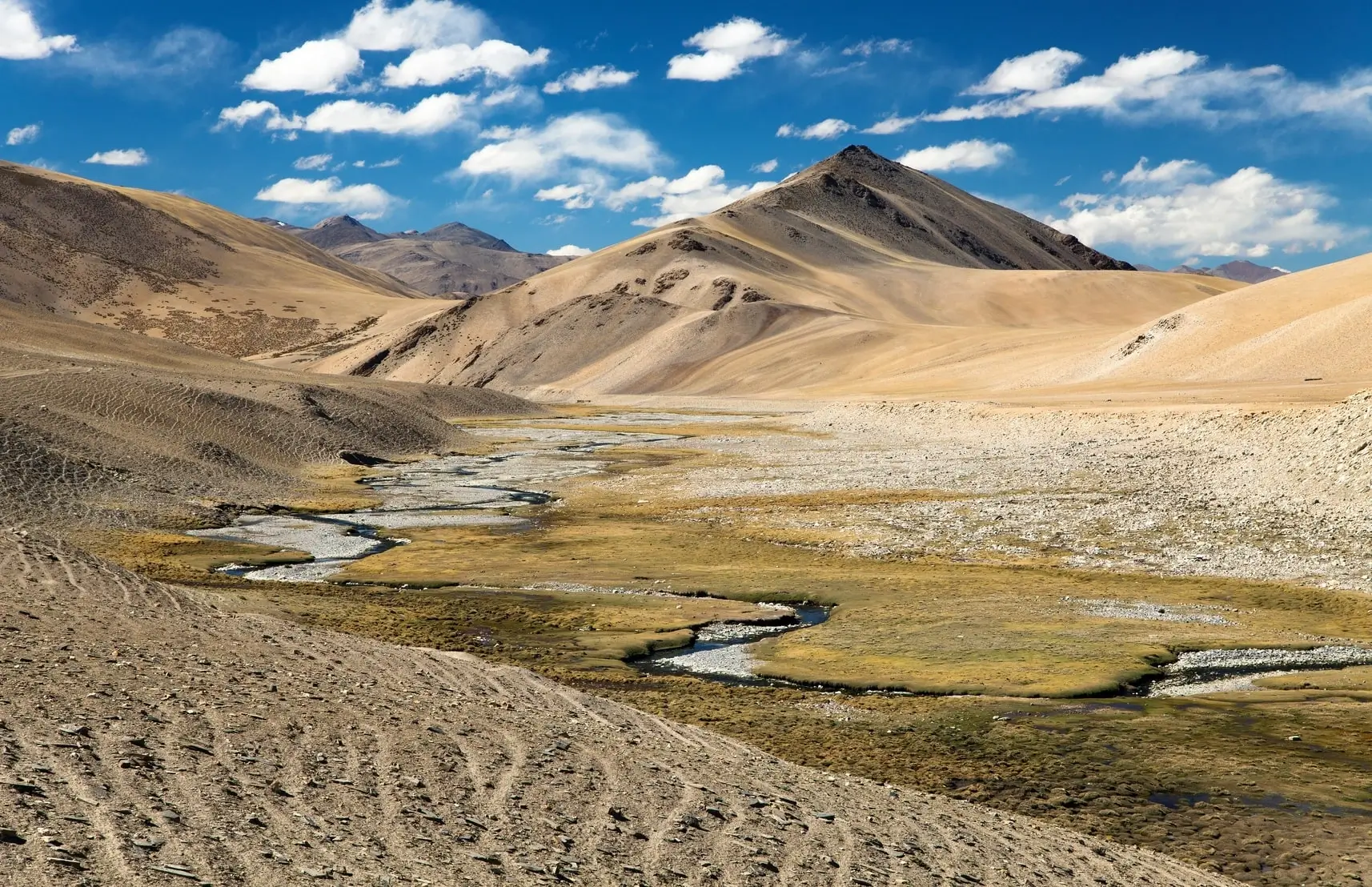
Spotting Wildlife in Rupshu Valley: What to Expect
As you trek through the Rupshu Valley, you might encounter some of the region’s rare and exotic wildlife. From snow leopards to Himalayan blue sheep, the region is a hotspot for wildlife enthusiasts.
- Snow leopards
- Tibetan gazelles
- Himalayan blue sheep
- Eagles and vultures
Rupshu Valley Trekking Permits and Regulations
How to Obtain Permits for Rupshu Valley Trek
Before embarking on your Rupshu Valley Trek, you'll need to secure the appropriate trekking permits. These are required to enter certain areas of Ladakh, particularly the more remote regions like Rupshu Valley. To obtain permits, visit the tourism office in Leh. The process is straightforward, and the fees are minimal. Make sure to carry multiple copies of your passport and photographs for the application.
| Passport copies |
| Photographs |
| Permit application form |
Conclusion: Experience the Ultimate Adventure with Rupshu Valley Trek
The Rupshu Valley Trek offers an unparalleled adventure for trekkers seeking solitude, cultural immersion, and natural beauty. From the vast landscapes of the Changthang Plateau to the unique wildlife encounters, this trek is truly one of Ladakh’s hidden gems. If you're ready to push your limits and experience the ultimate high-altitude adventure, the Rupshu Valley Trek awaits.


